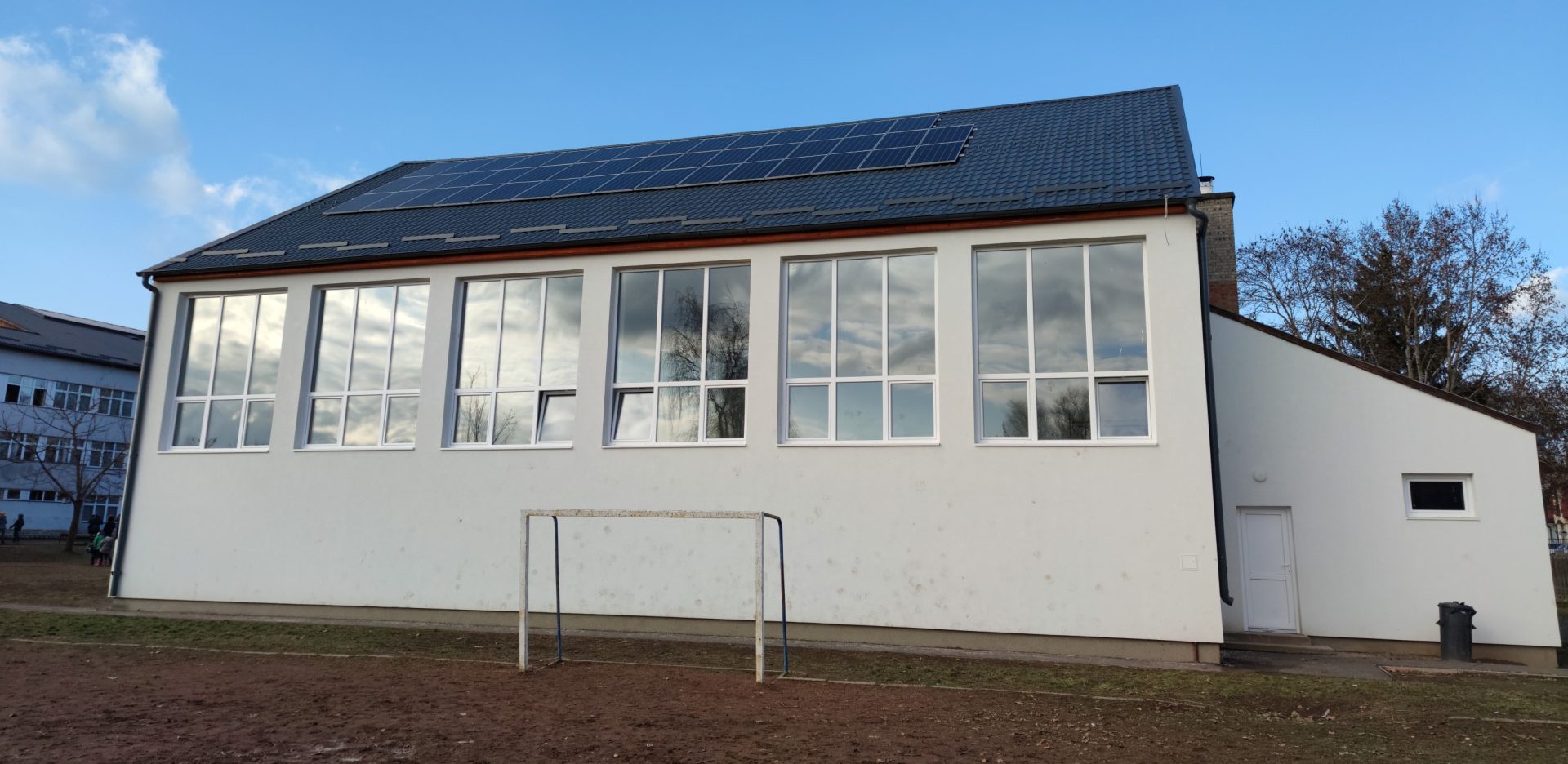With the support of the European Union and co-funding from the Hungarian state, a project has been carried out to test a special insulating material developed in Hungary and used in space technology. The Hungarian experts obtained important information by placing a small satellite developed as part of the project into an orbit around the Earth.
The man-made devices in space operate in an environment different from that on Earth. The main difference is the vacuum, which will have a very different thermal behaviour, as the heat transport capacity of the Earth’s air will help to compensate for the large temperature differences. Satellites, spacecraft and space probes operating in extraterrestrial space take and/or give off heat from outside space, solely by radiation. Therefore, one of the most important requirements for the thermal design of space equipment is an appropriate thermal insulation material.
In the framework of the project “Research of a special nano and microporous oxide-based composite thin film in normal terrestrial and space environments”, ATL Ltd. and H-ION Ltd. jointly developed a new structure of thermal insulation material for space applications and tested it in space environment. After many years of materials science research, a small-scale called nano-satellite was developed for prototype testing. The ATL-1 satellite is very small, measuring 5×5×10 centimetres. Its specific purpose was to test new thermal insulation materials in a real space environment.
The project involved not only the design but also the launch of the satellite. The ATL-1 was launched from New Zealand as a payload of Rocket Lab’s Electron launch vehicle, along with several other satellites, including the domestically developed SMOG-P satellite. The ATL-1 satellite was placed in low orbit and succesfully carried out materials science test and experiment.
ATL-1 has four on-board batteries, three of which have three different specially developed layer designs. During moving on low orbit the satellite spends more time on the shadow side compared to moving on higher orbit and is therefore subject to high thermal fluctuations, a factor that was particularly important for the performance of the ATL-1 test. The data obtained during the orbit were taken with antennas installed at the Budapest University of Technology and Economics (BME). It orbited the Earth for well over 10 months, well beyond its planned six-month operational lifetime, and provided BME researchers with valuable data. At the end of the mission, it was destroyed after entering the atmosphere as planned.
The project was a success and the results proved the viability of the domestically developed insulating material.
The development was implemented from EU funding in the project VEKOP-2.1.1-15-2016-00197 under the Competitive Central Hungary Operational Programme.
Find out more about the project in the Project Finder:Details








